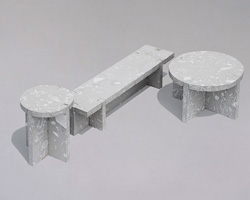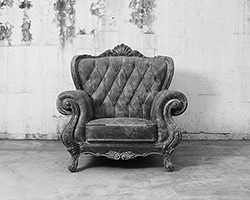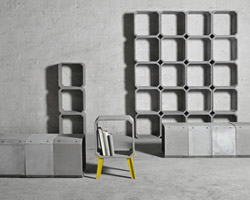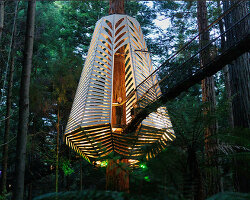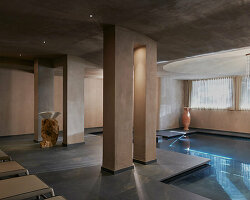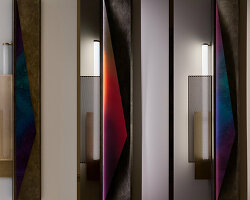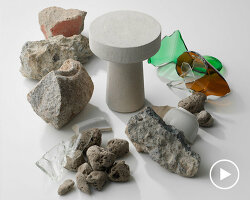KEEP UP WITH OUR DAILY AND WEEKLY NEWSLETTERS
PRODUCT LIBRARY
explore the design and architecture of the paris 2024 olympics, as well as the city shows coinciding with the games.
connections: +610
TERRA COSMOS deciphers new desires and expectations of consumers in search of awe-inspiring experiences through a vision of the future.
connections: 1
as visitors press the keys, a gooey liquid is brought to life, dancing hypnotically in sync with the chilling tunes.
connections: +250
watch iF Design's panel - power of place - livestreamed and moderated by designboom during NYCxDesign 2024.
connections: 90
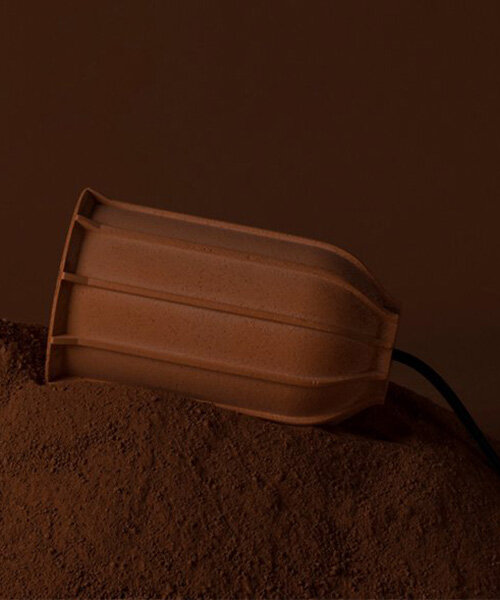

 the three colors are abstracted and developed from the natural earth
the three colors are abstracted and developed from the natural earth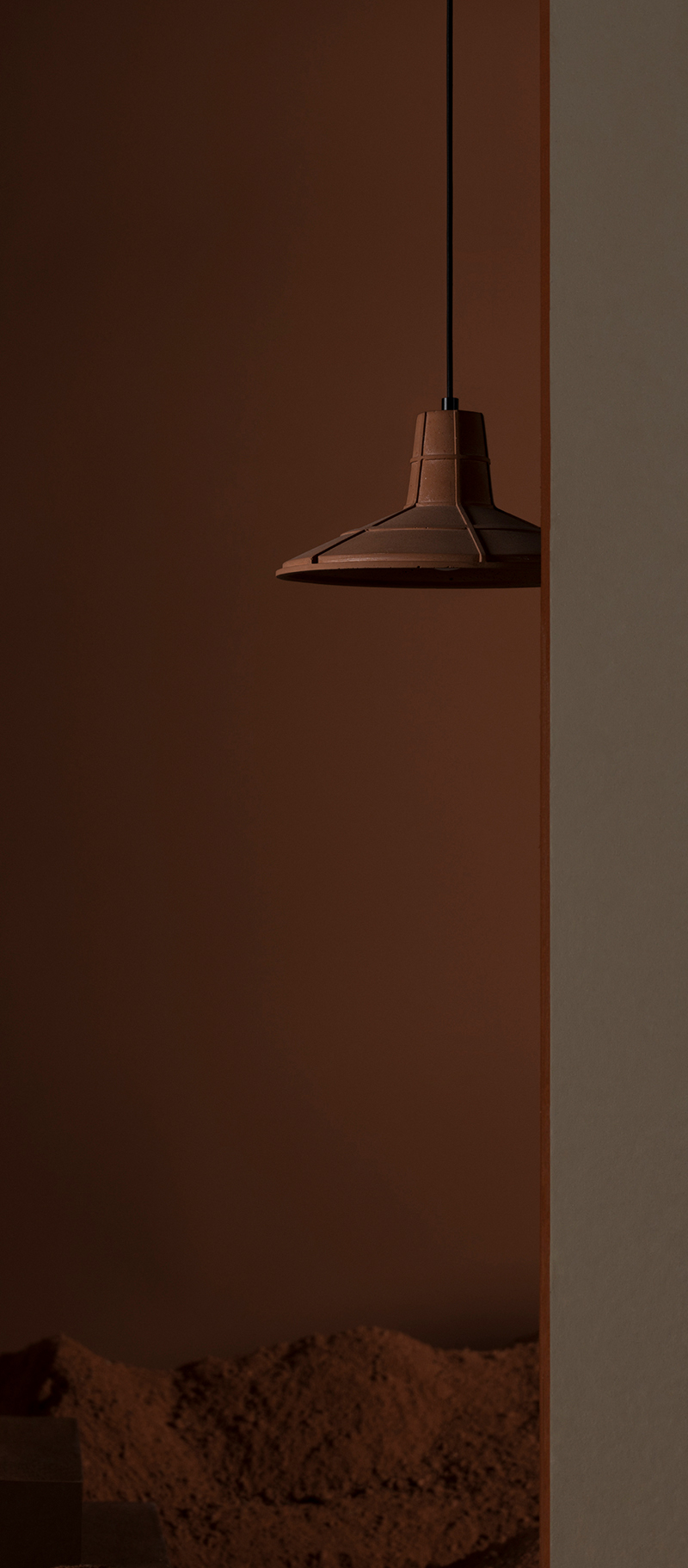 by examining the earth as material, it is believed that there’s a responsibility and an obligation to explore a new design philosophy, rather than to copy a so-called style that is ephemeral
by examining the earth as material, it is believed that there’s a responsibility and an obligation to explore a new design philosophy, rather than to copy a so-called style that is ephemeral
 material texture
material texture a wide range of industrial auxiliary molds which serve industrialized products, flourish with the industrial modernization, growing efficiency, and homogenization
a wide range of industrial auxiliary molds which serve industrialized products, flourish with the industrial modernization, growing efficiency, and homogenization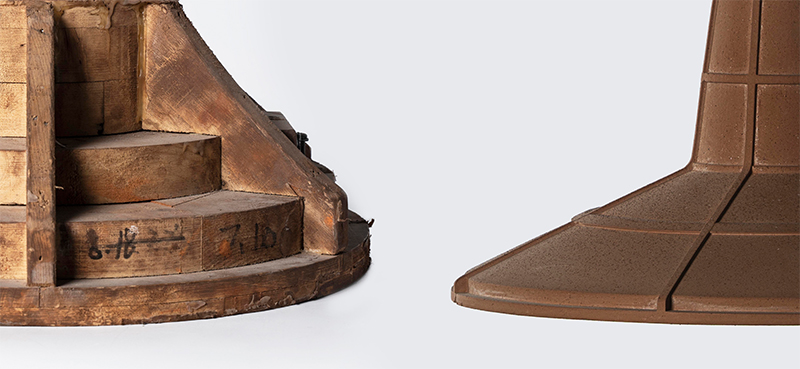 inspired by the industrialized supporting moulds of casting production
inspired by the industrialized supporting moulds of casting production the presentation of materials and textures, the rational structure of craftsmanship, and the aesthetics of simple forms, allow the products to gradually approach the depth of inner perception and aesthetics
the presentation of materials and textures, the rational structure of craftsmanship, and the aesthetics of simple forms, allow the products to gradually approach the depth of inner perception and aesthetics allowing the discarded ‘earth’ to reconnect with the world in a dignified and valuable way
allowing the discarded ‘earth’ to reconnect with the world in a dignified and valuable way


